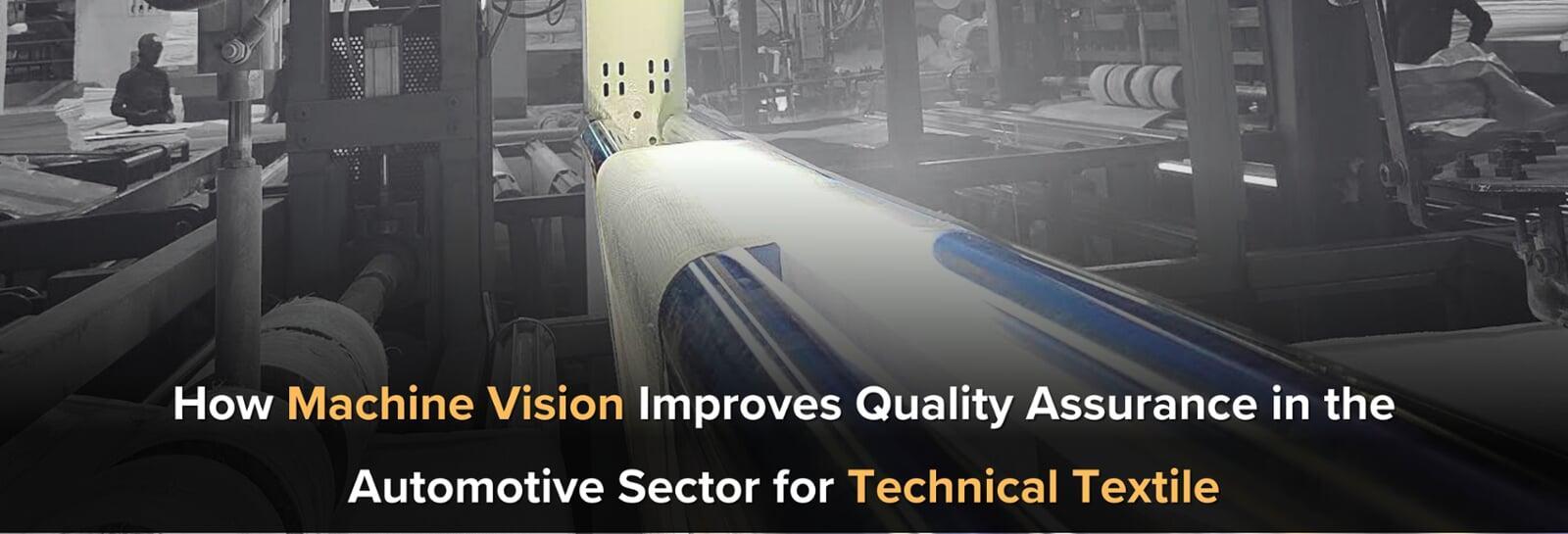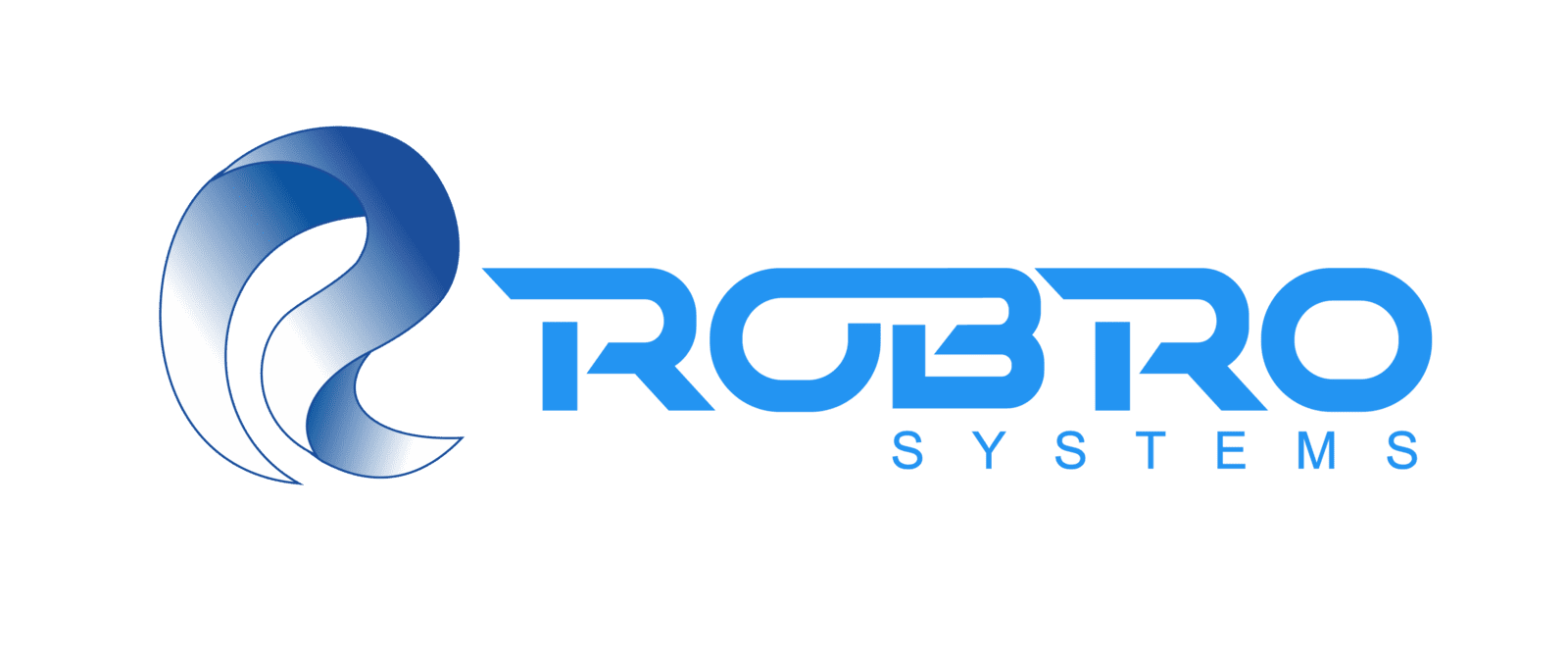
Key Features
Machine vision enhances quality assurance in the automotive sector by providing precise, automated defect detection in technical textiles.
It identifies defects in real time, such as weak fibers, uneven coatings, or irregular patterns, ensuring consistency and compliance with safety standards.
Integration of AI enables adaptive learning for evolving defect types, improving accuracy and efficiency in inspection processes.
Reduces manufacturing waste and operational costs by ensuring only defect-free textiles proceed in the production line.
Ensures compliance with stringent automotive safety regulations for airbags, seatbelts, and tire cords.
High-speed image processing enables seamless integration with existing manufacturing workflows, boosting productivity.
Advanced algorithms provide actionable insights, allowing manufacturers to address process inefficiencies promptly.
Helps maintain brand reputation and customer trust by ensuring superior product quality in the competitive automotive market.
What is Machine Vision in Quality Assurance?
Machine vision is a technological marvel that combines advanced cameras, sensors, and algorithms to inspect and analyze materials with unmatched precision. It operates by capturing high-resolution production line images and processing them in real-time to detect inconsistencies, defects, or irregularities. Machine vision systems offer unparalleled consistency and accuracy, unlike human inspectors, who are prone to fatigue and subjectivity.
Machine vision ensures that materials like airbag fabrics, seatbelts, and tire cords are flawless in technical textiles for automotive applications. For example, an airbag fabric with even the slightest imperfection could lead to catastrophic failure during deployment. Machine vision eliminates such risks by identifying defects such as weak fibers, irregular patterns, and contamination at a microscopic level.
How Machine Vision Ensures Quality in Technical Textiles
1. Defect Detection Using AI Algorithms
1) Defect Detection Using AI Algorithms- AI-powered machine vision systems excel in identifying defects that traditional methods might overlook. By analyzing complex patterns and textures, they can accurately detect issues such as misaligned weaves, broken threads, or weak tensile strength.
For instance, AI algorithms can differentiate between acceptable variations and critical flaws in the production of seatbelt fabrics. This ensures that every seatbelt meets the highest safety standards, reducing the risk of failure under stress.
2) Real-Time Monitoring and Feedback- High-speed production lines demand equally rapid inspection systems. Machine vision delivers real-time monitoring, enabling manufacturers to identify and rectify defects as they occur. This minimizes material wastage and production downtime.
In tire cord manufacturing, where precise weaving is crucial for durability, real-time monitoring helps maintain consistency across thousands of meters of fabric. This ensures that the final product is robust and reliable.
By analyzing intricate weave patterns and flagging deviations, machine vision systems maintain the structural integrity of airbag fabrics, ensuring they perform flawlessly during emergencies.
Hyper-spectral imaging ensures that polymer-coated automotive textiles' coatings are uniform and free from defects, enhancing their durability and resistance to wear and tear.
Overcoming Challenges in Machine Vision Adoption
Technical Innovations in Machine Vision
Real-World Applications in Automotive Textiles
Why Robro Systems Stands Out
Conclusion
Machine vision technology is revolutionizing quality assurance in the automotive sector, particularly for technical textiles. By leveraging AI, advanced imaging, and real-time monitoring, manufacturers can ensure that their products meet the highest quality and safety standards. The benefits extend beyond defect detection to operational efficiency, sustainability, and customer satisfaction.
At Robro Systems, we are committed to empowering manufacturers with innovative machine vision solutions. Our Kiara Vision System is designed to meet the specific challenges of technical textile inspection, delivering precision, reliability, and value.

